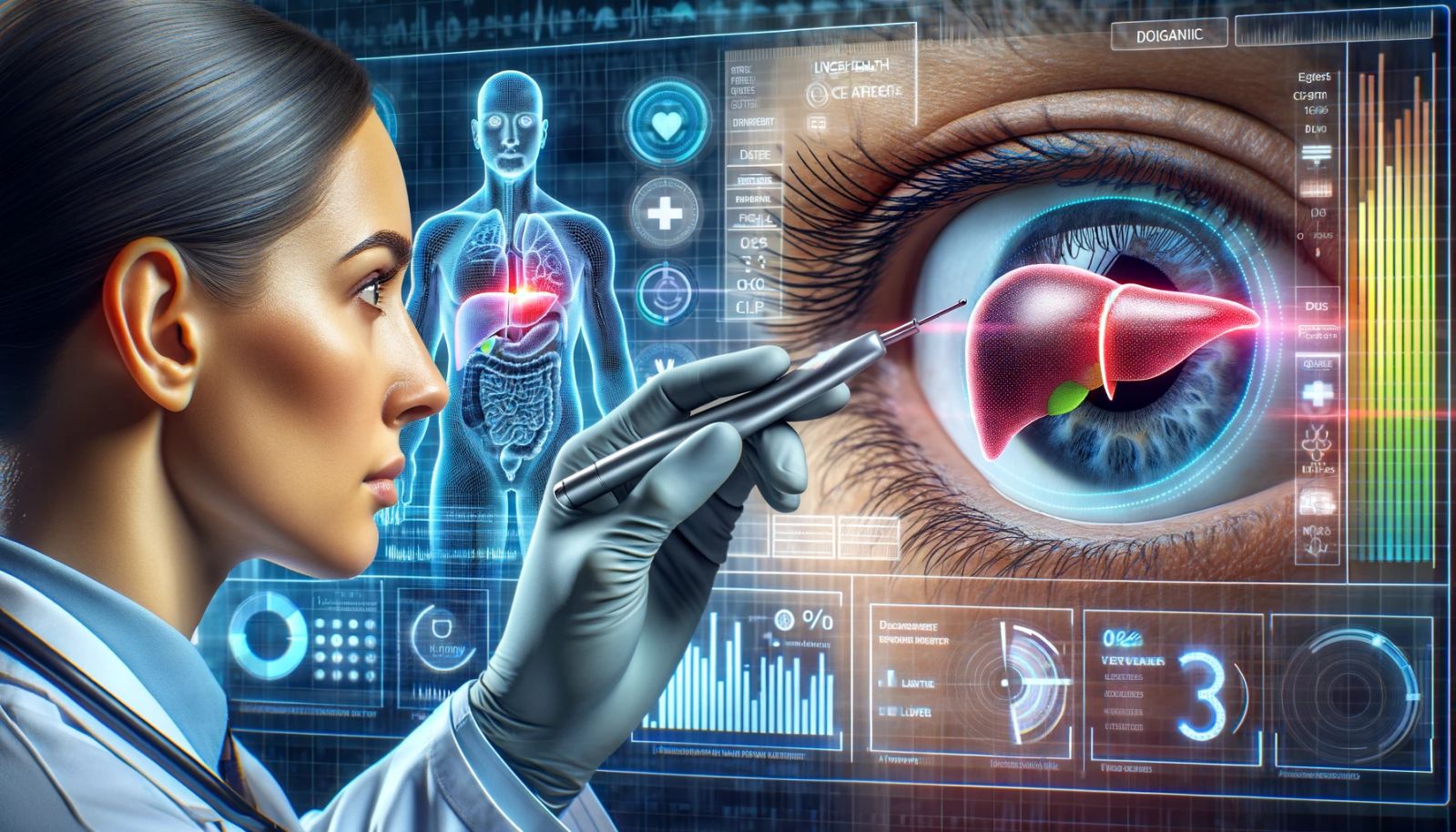The Eye: A Window to the Body Capable of Revealing Liver Health
Published by Cédric,
Article Author: Cédric DEPOND
Source: Nature Communications
Other Languages: FR, DE, ES, PT
Article Author: Cédric DEPOND
Source: Nature Communications
Other Languages: FR, DE, ES, PT
Follow us on Google News (click on ☆)

Imagine the possibility of studying liver cells in a living organism without needing invasive procedures. Researchers have shown that this is feasible in mice by transplanting small three-dimensional cell cultures of liver cells, known as spheroids, into the anterior chamber of the eye. The eye's cornea then becomes a window to the body, offering clues about the liver's changing conditions throughout the mouse's life.
The researchers observed that the liver cells attach to the eye's iris and are supplied with the blood vessels and nerves necessary for their function and survival. They also have the unique characteristic of reflecting the animal's liver health. For example, the spheroids in the eye were able to store fats similarly to the animal's liver when subjected to a high-fat diet, making the implant a potential indicator of fatty liver disease.
"This unique approach opens new avenues for studying the liver's role in metabolic diseases such as obesity, type 2 diabetes, and fatty liver disease," says Noah Moruzzi, Assistant Professor at the Department of Molecular Medicine and Surgery at Karolinska Institutet and corresponding author of the study. "To stop or delay the progression of diseases, it's crucial to identify early disease mechanisms, but previously it was difficult to study the liver without using invasive methods."
Metabolic diseases have seen a dramatic increase in recent years, now also affecting younger individuals and obese children. These disorders share similar risk factors and are often present together in patients with metabolic syndrome. Fatty liver disease and type 2 diabetes are characterized by dysfunctional lipid metabolism and glucose regulation, controlled by the liver and pancreas, respectively.
"That's why ongoing and detailed monitoring of functional changes in these organs is crucial to identify disease mechanisms," explains Francesca Lazzeri-Barcelo, a Ph.D. student in the same department. "With this new platform, we can now track the development of fatty liver disease at the cellular level and are excited to use it to test different medications and treatment strategies."
Professor Per-Olof Berggren's research group at Karolinska Institutet has been practicing cell and mini-organ transplantation into the anterior chamber of the eye in mice since 2008. "In recent years, our method has proven to be a powerful research tool for monitoring insulin-producing islets of Langerhans during the development of type 2 diabetes," he explains. "The platform has now been extended to liver research, thus showing the potential of this tool in other medical fields."